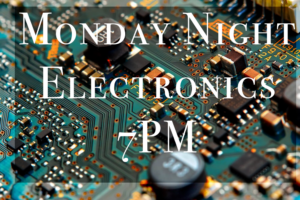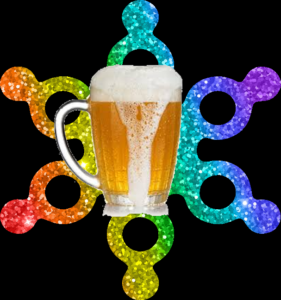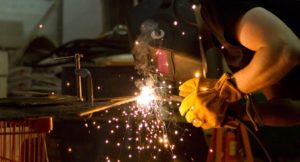Whew! What a ride this past month and half has been! The last 48 hours especially have been one long blur of blinking lights, solder smoke, and beautiful biosignals, capped off of course, by a mad documentation dash.


Going into the final 24 hours we had a good handful of sensors working separately: EKG, pulse oxidation, GSR, CO2 and lung capacity. The only thing left to do was get them all working together. Oh, and off of breadboards. No big deal, right?

Well, not so much. While the sensors worked quite well on breadboards, moving them onto protoshields turned out to be more of a hassle than we anticipated. The signals we’re getting from the shields aren’t quite as accurate as the ones we got from the breadboards, though still well within acceptable limits for our purposes.

Anytime you’re hooking up an electrical device to a human being, it’s important to make sure that they’re not connected to the electrical grid (think about what an electrical surge can do to your computer, now imagine that your body is hooked up too). To achieve this separation our biosensor uses bluetooth to communicate with a computer to display the signals.

Next Steps:
1) Get some sleep!
2) Improve the shield versions of our sensors.
3) Write our own display software, including applications for the N900 and Android.
4) Reach out to teachers and educators.
Finally, we’d like to thank Mitch Altman and everyone at Element14 for this awesome opportunity. Special thanks to Jordan Bunker who stayed up late with us to help get this finished (and documented) and everyone else at PS: One that helped out over the past six weeks.






